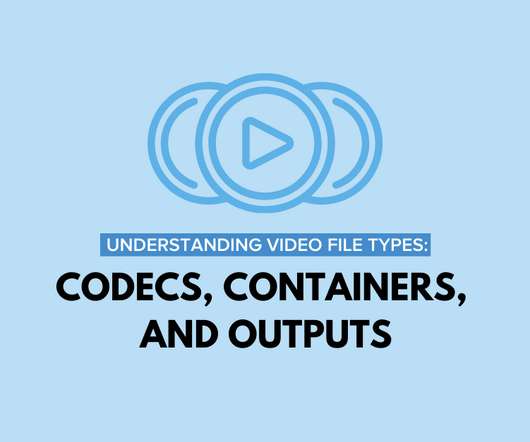ADOBE CAPTIVATE: Free Matching Images and Videos
The Logical Blog by IconLogic
JUNE 13, 2017
During the video portion of the class, we import a Flash Video (flv) which students love because without the background color in the video, it's possible to include an animated guide throughout a lesson. After downloading the image I needed, I focused my attention on the videos.






















Let's personalize your content